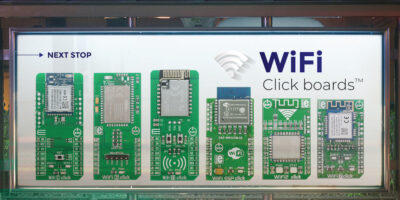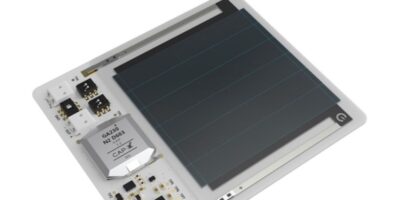Extending the AIW-300 series, the AIW-355 is a 5G module for Advantech Industrial Wireless (AIW) designed for artificial intelligence on the net (AIoT) which requires ubiquitous connectivity, dynamic mobility and security. The AIW-355 is intended for use in edge computing devices, mobile gateways and mobile devices around the world, said Advantech.
AIW-355 uses 5G which delivers a ten-fold increase in speed compared to 4G and supports the connection of up to one million devices per square km. 5G also enables a 100-fold increase in capacity, a 10-fold decrease in latency, compared to 4G. It also reduces lag times to 1ms compared to 10 to 20ms for 4G.
The AIW-355 features the Snapdragon X55 5G modem and supports 5G NR SUB6 frequencies in both 5G standalone (SA) and non-standalone (NSA) operations. It is compatible with LTE and WCDMA standards and is backwards compatible with LTE-A and 3G networks.
The wireless module also features a M.2 3052 form-factor M.2 Key B USB interface to accommodate most mainstream carriers and to also ease 5G integration. There are also a multi-constellation GNSS receiver and USB 3.1 high-speed interfaces integrated into the module.
In addition to high speed capabilities for industrial monitoring, remote medical treatment, transportation and surveillance systems, the AIW-355 provides the 5G capabilities needed to support city-based video surveillance systems which rely on high speed transmission and low latency.
There are three versions of AIW-355 available for applications in North America, Europe and China. Every version supports both 5G SA and NSA network architectures and delivers faster transmission speeds, better carrying capacities, and lower network latency. Each model can operate in temperature ranges of -30 to +75 degrees C and is compatible with Windows and Linux.
Founded in 1983, Advantech provides system integration, hardware, software, customer-centric design services, embedded systems, automation products, and global logistics support. It co-operates closely with partners for a wide range of applications in diverse industries. The company’s mission is to enable an intelligent planet by developing automated and embedded computing products and solutions that facilitate smarter working and living.







